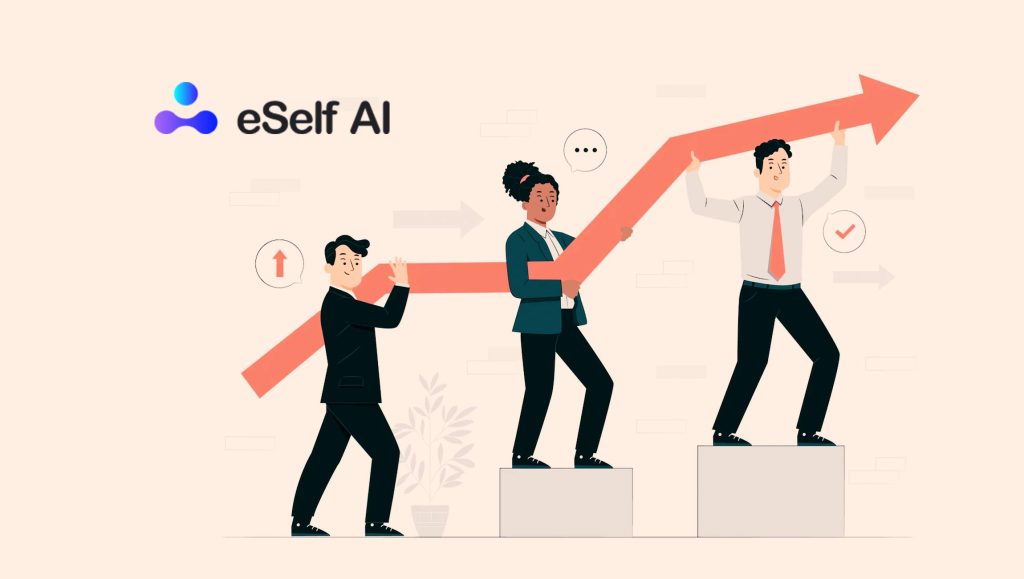The average organization spends about $2,000 per salesperson on sales training, according to a report by the Association for Talent Development. And that doesn’t even include expenses for annual sales kickoff meetings, when sales teams pause from selling and gather in party meccas like Orlando or Las Vegas to learn about new products, practice new skills, and hang out at the bar too late. All told, companies spend approximately $15 billion on training sales staff, LinkedIn says.
Is this money well spent? Well first, we should probably ask what are they spending this money for? What is the goal? Sales leaders want to empower their people with improved skills that will help them perform better at key moments, so they can sell more effectively, and deliver more deals. Will old school training classes and mega-meetings deliver this? Too often the answer is a resounding no.
When it comes to setting salespeople up for consistent success and growth, the traditional sales training model is fundamentally broken. With an approach that is too episodic, inconvenient, and not tailored to the individual, sales training tends to be delivered in a way that shortchanges both the business and its sales teams.
It’s time for a reboot, and the “new normal” offers an opportunity to do so. More on that later. First, let’s drill down into five key problems with the status quo.
Training is too infrequent.
Typically, the sales leadership will wait for a critical mass of needs before scheduling training – for example, a sales paradigm that executives want teams to adopt or brush up on, some other strategic shift at the company, or a rush of new team members who need to be onboarded.
Or they simply tack on training to some other event when everyone will be together, such as that sales kickoff meeting at Disney World. Time literally is money in sales, so leaders usually wait until training seems absolutely necessary before pulling people “off the road.”
This might work if every salesperson had the memory of an elephant, but the chances of retaining information for more than three months are low. Several studies have shown that within 90 days of training, more than three quarters of what people have been taught is forgotten – regardless of the quality of the material or experience.
Training and support is most effective when it is delivered when you need it. Talent guru Josh Bersin refers to it as “learning in the flow of work” — meaning that you can get the content or support you need when you must demonstrate a new skill or behavior, giving you tools you need to deliver in the moment. Traditional training methods seldom provide that.
Read More: Orangetheory Fitness Adopts Matterport Digital Twins To Manage Studio Operations
Training is one-size-fits-all.
In most organizations, sales training is designed to meet the needs of the majority, regardless of each individual seller’s distinct needs or goals.
Truth is, it takes a panoply of skills and traits to succeed in sales. But there’s no way all of those can be addressed in a single training session, so a bell curve effect occurs. At one end, a significant number of people already are adept at what’s being taught and thus feel it’s a waste of time; at the other, what’s being taught just isn’t relevant to their particular needs. The training then potentially has meaning only for a subset of the group.
While the company may be striving for a consistent and efficiently delivered training experience across the sales force, the execution ends up failing many salespeople. Great sales training is able to be easily tailored to the needs of the individual.
It’s expensive.
Once upon a time, the largest companies had armies of specialists who would go out into the field and train salespeople. Those days are long gone, and, today, organizations commonly hire third-party firms to provide training in one niche or another of sales pedagogy.
These third parties usually charge by the head and try to cram as many people as possible into the training, in the shortest amount of time. Hey, they’re businesses and want to extract as much revenue from their services as possible before moving on to another client, right? That’s understandable.
But the system ends up being more provider-centric than user-centric. It also exacerbates the one-size-fits-all conundrum. And it comes at a high cost; not just the explicit costs of the services provided by the vendors, but the implicit costs of its ineffectiveness, and the productivity loss when sellers aren’t selling. Ideally, you want the costs of sales training to be directly connected to sellers extracting value from it.
Read More: SalesTechStar Interview With Karam Malhotra, Partner And Global Vice-President At SHAREit Group
Sales training is often every salesperson’s favorite thing to hate.
No wonder so many salespeople cringe at the thought of training. Their thinking goes like this: “I have 13 weeks in a quarter, and I have a quota. If you yank me out of the field for training, I’ve burned a week. It had better be worth it!”
Too frequently, it’s not. Sales people tolerate it only because they have no other choice – these events are nearly always compulsory. Effective training shouldn’t be a test of compliance, but a compelling solution that sellers “pull,” not one that organizations have to “push.”
It’s not pandemic proof.
The in-person, once-a-year-or-so model has dominated the training norm for so long, and many organizations have been caught flat-footed. In many or most companies, sales training has ground to a halt during the pandemic, or been replaced by one-off quickie sessions on Zoom. (Imagine all the salespeople surreptitiously checking Twitter or the list of new Netflix shows.) More often than not, these events tend to be watered down versions of an already ineffective method. The times demand a different approach.
As these five points show, sales training needs reinvention. In fact, it would be a good idea to lose the word “training” altogether in favor of “coaching.” Training is a way to transfer information from one source to another, while coaching is helping someone develop their skills “from good to great”, which is the true goal of sales development. A coaching model is a more-one-to-one approach, tailored to the needs of the individual, and is provided in the flow of work, whenever a salesperson needs or wants it, and focuses on building and supporting the skills they need to win.
Through technology, it’s possible to deliver this sort of “just-in-time” solution to the sales force. Imagine, instead of trying to remember lessons from a training session six months ago or having to wait six months to the next one, a salesperson could access a coach online at any time to instantly get what they uniquely need to be successful.
And just maybe, sellers could get all of this without losing a week during their most critical quarter (and coming home exhausted from those late nights at the bar). And the money companies invest will be allocated to supporting execution and performance – not hotels, airlines, and training materials.
Let’s face it: The time has come to modernize sales training. Companies and the salespeople they depend on will be better off for it.
Matt Prostko is head of sales at TaskHuman, a real-time digital coaching platform that connects each employee 1:1 with a global network of coaches over video call in nearly 1000 topics of daily work and personal life.
Read More: How To Rapidly Scale Your Sales Team















